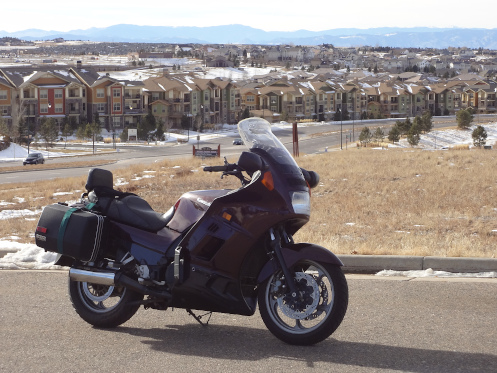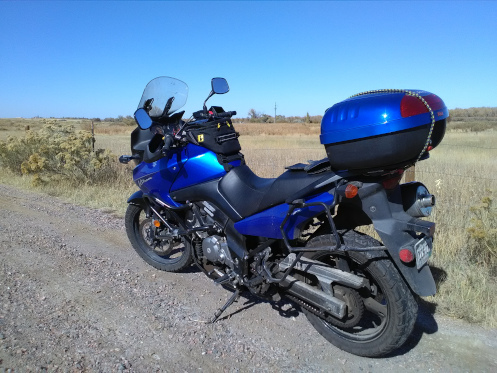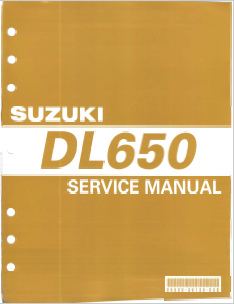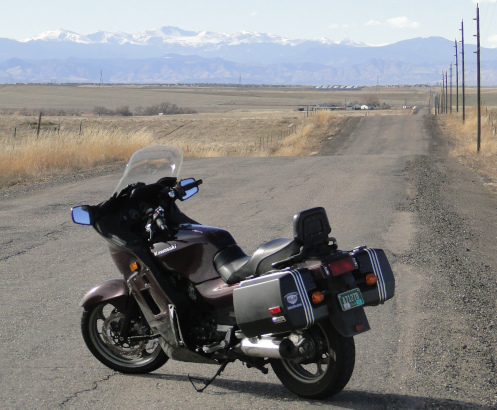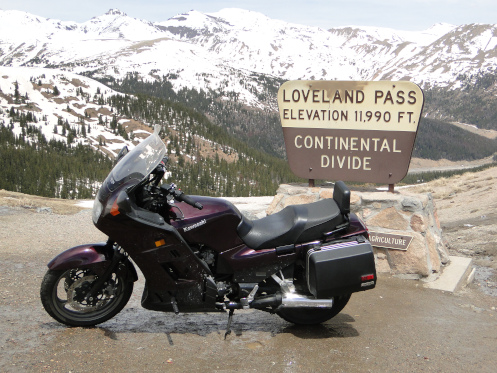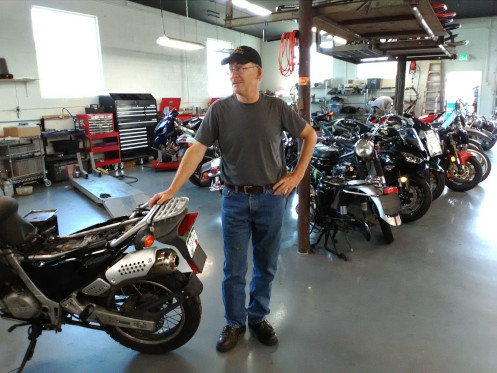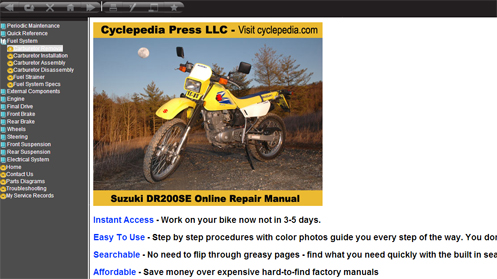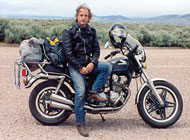Partially Better, Not Completely
Thursday, April 1st, 2021It appears I may yet need to get my carbs cleaned on the Concours.
The weather Monday was fabulous, high in the mid 70s, so I had to ride despite a considerable breeze. Besides, I had been wanting to get back out on the Concours to see if it really was that simple to get it running well again, i.e., just pour some carb cleaner in the gas tank.
It wasn’t. Yes, the bike fired up and ran well but it struggled as I tried to ride away, though not as much as before. And this time by the time I’d gone two blocks it was running pretty much OK. So that’s definitely better. On the other hand, while I was out it stalled three times when I came to stops.
In addition to that, when I would pull away from a stop I had to rev it a bit to get the rpm up so it wouldn’t stall out of me. That kind of hesitation can be dangerous, such as when you’re waiting for an opening in traffic to pull out, you get your opening, and you start to go but the bike falters and you’re suddenly looking at a car coming your way in a hurry. I don’t like that feeling.
So I may end up needing to call Joel to come take care of it but there is another option I want to explore. Roy is always billing himself as a top mechanic and while I have doubts that he’s as good as he claims, I figure he may well be fully qualified to clean some carbs. I wouldn’t hesitate to do it myself if I knew how; if he’s willing to help me do it I should hopefully learn how so next time I can just do it myself.
In the meantime, I’m going to fill the gas tank and put in more carb cleaner and at least give that a chance to do the job. Hey, it helped a lot the first time. Maybe a second time really will be the trick. But I’m not holding my breath.
Biker Quote for Today
Why motorcycles are better than women: Motorcycles don’t care about how many other motorcycles you have.

